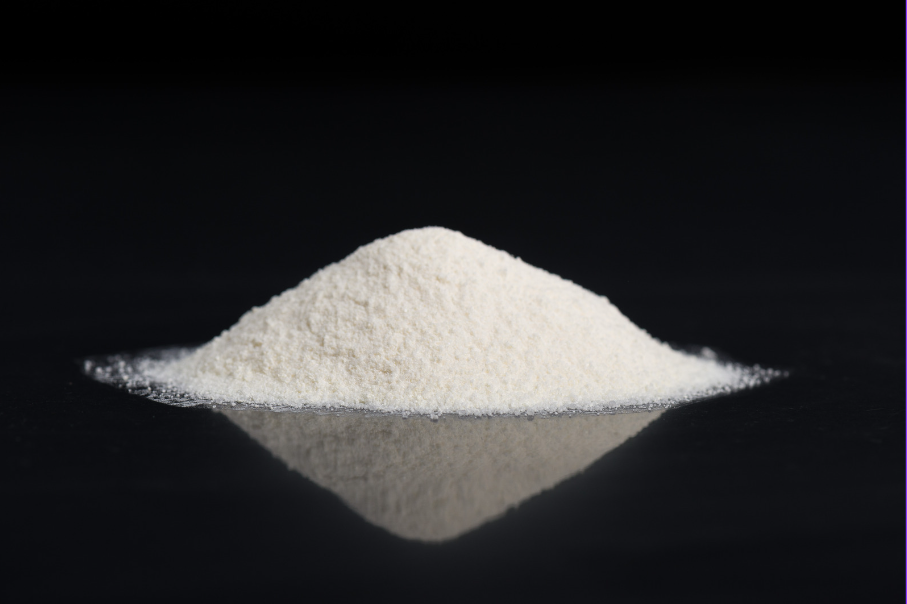Carboxymethyl Cellulose (CMC) and Hydroxypropyl Methylcellulose (HPMC) are both cellulose derivatives widely used in various industries due to their distinct chemical structures and properties. Understanding their differences can help in selecting the right material for specific applications.
Chemical Structure and Solubility
• CMC: Formed by introducing carboxymethyl groups into cellulose, CMC is water-soluble and can easily form clear, viscous solutions. This solubility characteristic makes CMC a versatile ingredient in both hot and cold water applications.
• HPMC: Synthesized by adding hydroxypropyl and methyl groups to cellulose, HPMC is also water-soluble, but its solubility can be influenced by temperature and pH. Unlike CMC, HPMC dissolves more efficiently in cold water and is less soluble in hot water.
Viscosity and Water Retention
• Viscosity: CMC can achieve higher viscosity levels depending on its degree of substitution, making it ideal for applications requiring thickening. HPMC, on the other hand, is available in various viscosity grades, allowing for tailored formulations to meet specific needs.
• Water Retention: HPMC generally provides superior water retention compared to CMC, making it particularly useful in applications where maintaining moisture is critical, such as in construction materials.
pH Sensitivity
• CMC: Less sensitive to pH changes, CMC maintains its viscosity across a broad pH range. However, in strongly alkaline environments, its viscosity may decrease.
• HPMC: More sensitive to pH variations, HPMC’s solubility and viscosity can be significantly affected by pH, which may influence its performance in various formulations.
Industrial Applications
• Construction: Both CMC and HPMC are used in construction materials. CMC is favored for its thickening and water-retaining properties, while HPMC enhances workability and adhesion in formulations like tile adhesives and coatings.
• Food and Pharmaceuticals: CMC is commonly employed as a thickening and stabilizing agent in food products, whereas HPMC finds use in pharmaceutical applications, such as tablet coatings and binders in sustained-release formulations.
• Cosmetics and Personal Care: HPMC is often preferred in cosmetic formulations due to its better film-forming properties, whereas CMC is utilized in various personal care products for its thickening abilities.
Summary
The choice between CMC and HPMC depends largely on the specific requirements of the application, such as desired viscosity, water retention, and sensitivity to pH. Both materials offer unique advantages that make them indispensable in their respective industries.


